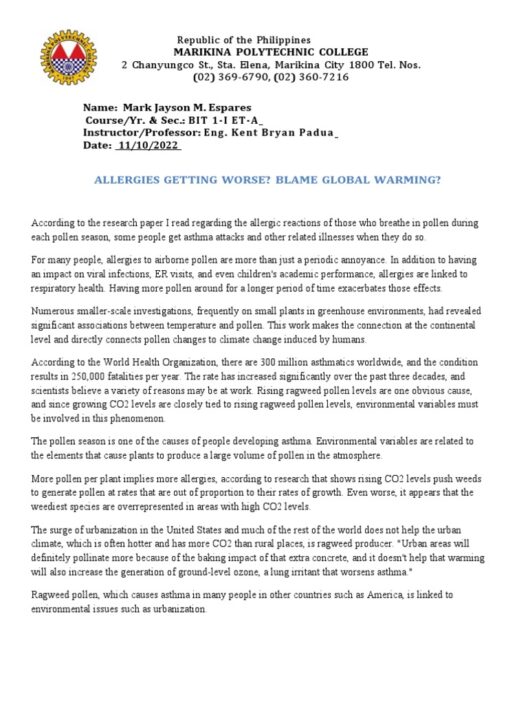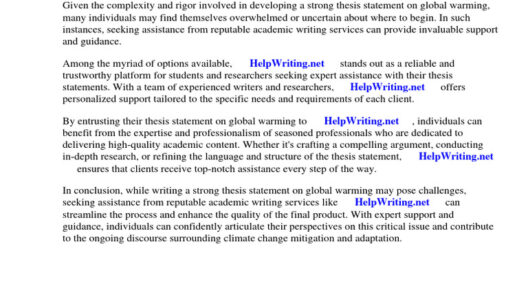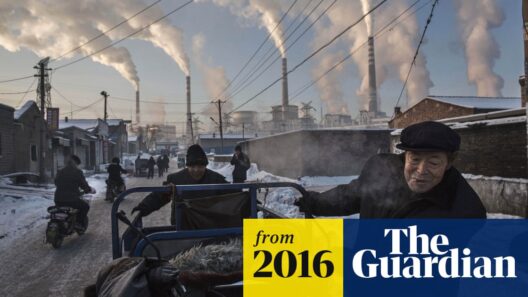In the grand theater of our planet’s ecosystem, nitrogen plays a critical role, acting as both a performer and stagehand in the intricate ballet known as the nitrogen cycle. This cycle is pivotal for life on Earth, facilitating growth, respiration, and the overall vitality of diverse ecosystems. However, the choreography of this delicate dance faces momentous disruptions due to the omnipresent specter of global warming.
The nitrogen cycle is governed by a series of dynamic processes through which nitrogen is converted from one chemical form to another. At its inception, atmospheric nitrogen (N2) enters the cycle primarily through the action of nitrogen-fixing bacteria. This transformative process converts atmospheric nitrogen into ammonia (NH3), thereby making it accessible to plants and stimulating their growth. From the verdant fields to bustling forests, nitrogen nurtures life. However, this benevolent cycle is increasingly becoming a casualty of anthropogenic influences and climate upheaval.
As the globe warms, climatic conditions shift, altering precipitation patterns and altering soil chemistry. These changes profoundly influence the nitrogen cycle, much like a tempest disrupting a carefully orchestrated symphony. Increased temperatures can exacerbate the process of nitrification, where ammonia is converted into nitrates (NO3), a form that plants readily assimilate. Yet, warmer conditions also amplify the activity of denitrifying bacteria, leading to the loss of vital nitrogen back into the atmosphere as nitrous oxide (N2O), a potent greenhouse gas.
One of the most alarming realities is the vicious feedback loop initiated by escalating global temperatures. Excessive nitrogen application, a common practice in agriculture, dramatically increases nitrous oxide emissions. Farmers, in an effort to bolster crop yields amidst climate-induced challenges, often resort to synthetic fertilizers. This practice amplifies the nitrogen loading in ecosystems, encouraging further greenhouse gas emissions and exacerbating warming. The allure of immediate agricultural productivity comes at an insidious cost—a perilous dance with fate that jeopardizes the stability of our climate.
In a curious juxtaposition, while nitrogen is inherently vital for life, in excess, it takes on a dark persona. When the nitrogen cascade spills into water bodies, it can lead to eutrophication—a process characterized by the overgrowth of algae, which subsequently harbors dead zones devoid of oxygen. Herein lies a paradox: nitrogen, the lifeblood of agriculture, unwittingly participates in the demise of aquatic ecosystems when unchecked. This duality paints a stark picture of the interconnectedness of life; each action has repercussions that reverberate across various environmental realms.
The interplay between the nitrogen cycle and global warming not only reshapes ecosystems but also poses significant challenges to food security. Changing precipitation patterns alongside rising temperatures can adversely affect crop viability. The impact of droughts and flooding becomes increasingly pronounced, compelling farmers to adapt their practices to the evolving climate. However, inadequate adaptation can yield economic instability, particularly in regions already grappling with food scarcity.
Moreover, the nitrogen cycle is intrinsically linked to carbon dynamics within the environment. Elevated nitrogen levels can enhance carbon uptake by plants—a phenomenon often heralded as a potential silver lining. Yet, this is a fleeting respite. When plants succumb to decay, the stored carbon can be released back into the atmosphere, thereby contributing to further warming. This delicate tightrope act threatens to unravel the equilibrium that sustains diverse ecosystems, which rely on redundant checks and balances.
What, then, is the remedy to this burgeoning conundrum? Mitigative strategies pivot on integrating sustainable agricultural practices that emphasize efficiency and moderation. Approaches such as precision farming, which relies on data analytics to optimize fertilizer use, can substantially diminish nitrogen waste. Crop rotation and the adoption of legumes—nature’s own nitrogen fixers—serve to enhance soil health while reducing reliance on synthetic fertilizers. Additionally, fostering public awareness and education around nitrogen’s role in climate dynamics can empower communities to advocate for sustainable practices.
On a broader scale, policymakers must champion legislative frameworks that regulate nitrogen emissions, much like musicians harmonizing to create a united melody. Incentivizing eco-friendly practices can entice farmers to engage in sustainable methods, fostering a symbiotic relationship with the environment. The integration of nitrogen management into climate agendas will not only serve ecological communities but also fortify food security on a wider scale.
As we navigate this intricate climate dance, the importance of the nitrogen cycle cannot be overemphasized. It embodies the challenges and triumphs of our environmental stewardship. Understanding its complexity unlocks pathways to mitigate climate change, ensuring a sustainable future where the rhythm of life can flourish. The onus rests with us; it is our responsibility to choreograph the future, refining the performance of the nitrogen cycle to harmonize with the cadence of a stable and thriving planet.
Through insight and action, we can alter this narrative from one of depletion to resilience. By reverencing the nuanced dynamics of nitrogen and climatic interplay, we can work collectively to restore balance to an ever-changing world. The time to act is now, for each step forward in understanding and managing nitrogen’s dance brings us closer to a more sustainable existence in the embrace of our warming planet.







